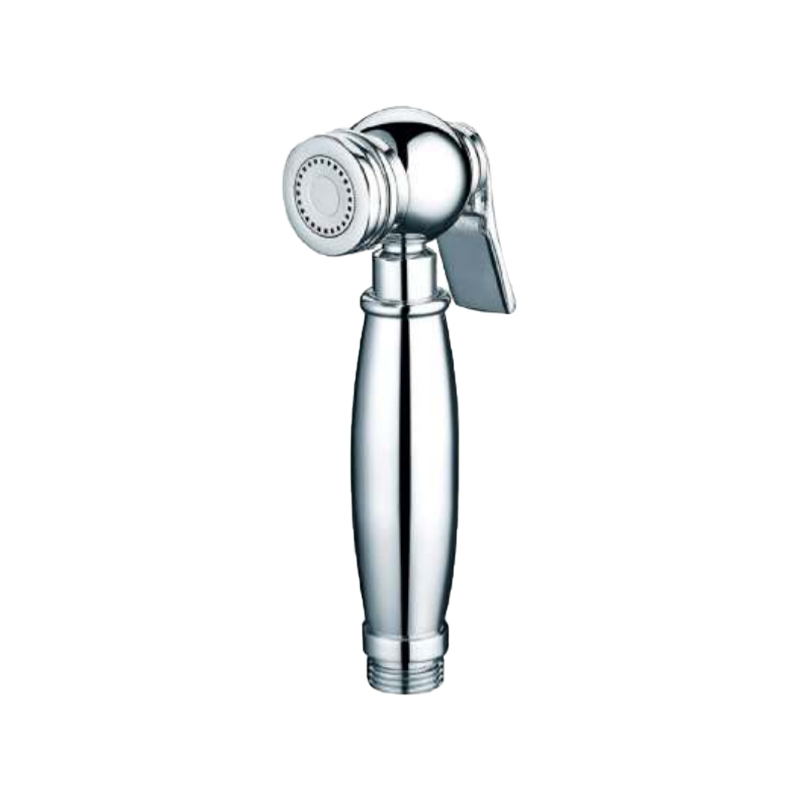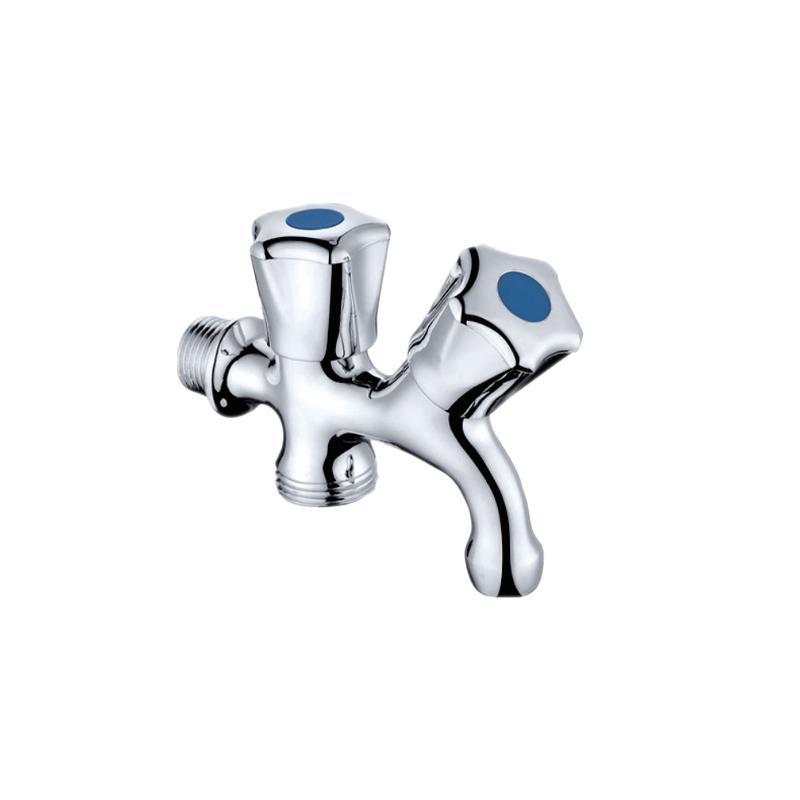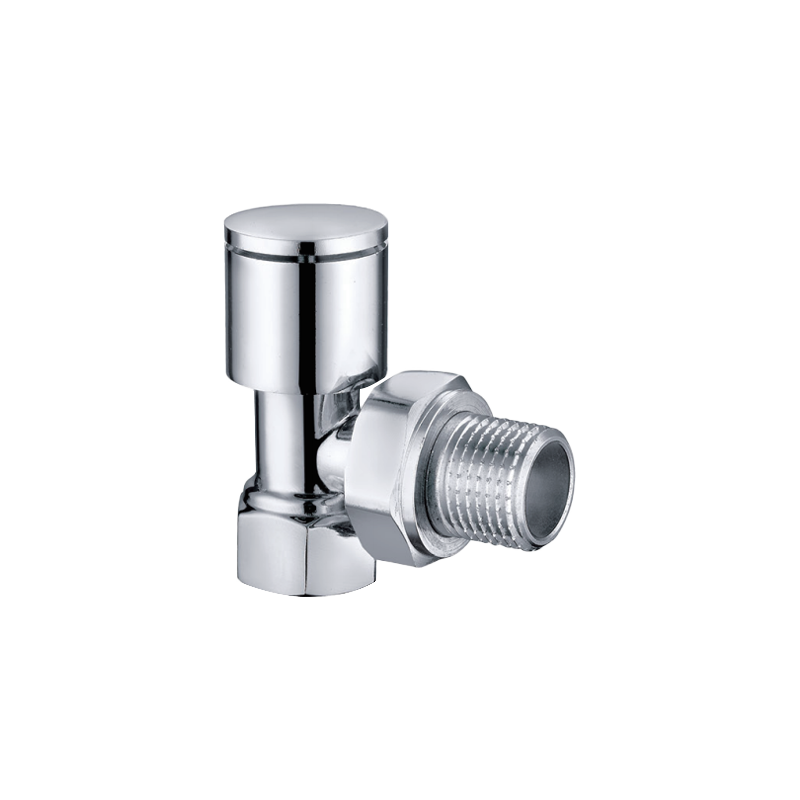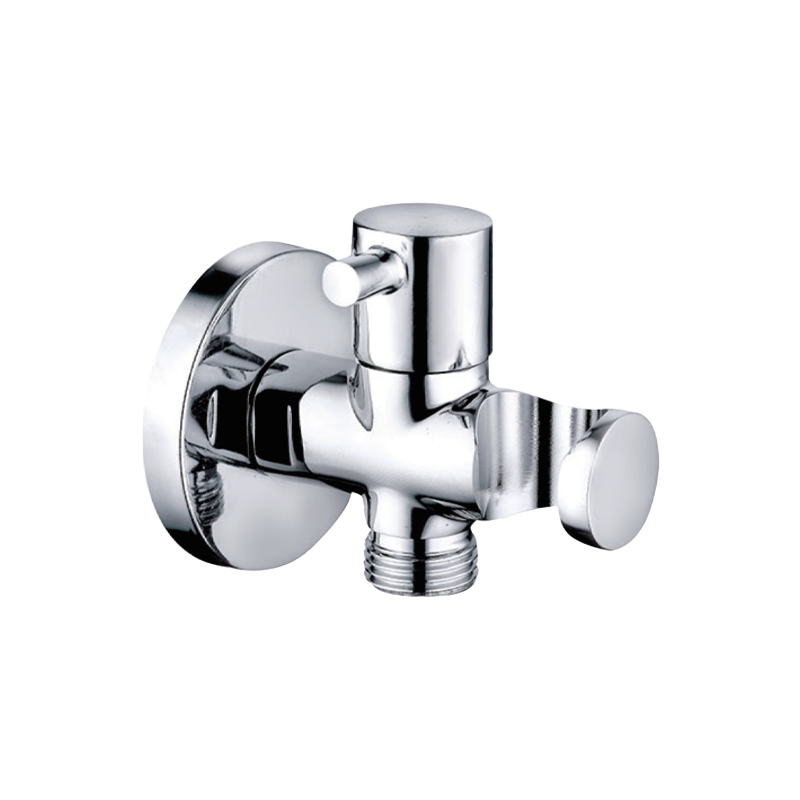In the intricate world of appliance manufacturing, each component plays a pivotal role in delivering seamless functionality and convenience to our daily lives. One such essential component is the washing machine valve, a seemingly simple yet crucial element that controls water flow into the machine. Behind its unassuming appearance lies a fascinating manufacturing process called casting, which transforms raw materials into a functional and reliable valve.
Step 1: Design and Pattern Creation
The journey of casting a washing machine valve begins with meticulous design and pattern creation. Engineers and designers collaborate to create a detailed blueprint of the valve, considering factors such as size, shape, material, and functional requirements. Once the design is finalized, a pattern is constructed. This pattern serves as a template for the mold that will be used in the casting process.
Step 2: Mold Preparation
Mold preparation is a critical phase that determines the quality and accuracy of the final product. The pattern is embedded in a specially formulated molding material, creating a negative impression of the valve's shape. The mold material can be a mixture of sand, resin, and other additives that enhance mold strength and flexibility. Once the mold is prepared, it is carefully cured to ensure stability during the casting process.
Step 3: Melting and Pouring
The heart of the casting process lies in melting and pouring the chosen metal alloy. For a washing machine valve, materials such as brass or stainless steel are commonly used due to their corrosion resistance and durability. The selected metal is melted in a furnace at temperatures exceeding its melting point. Once molten, the metal is carefully poured into the prepared mold through a gating system that facilitates even flow and minimizes defects.
Step 4: Solidification and Cooling
As the molten metal fills the mold, it takes the shape of the valve's design. The metal undergoes solidification, transforming from liquid to solid as it cools within the mold cavity. This phase requires precise control of cooling rates to ensure that the metal solidifies uniformly and achieves the desired mechanical properties. Rapid cooling can lead to brittleness, while slow cooling might result in a coarse grain structure.
Step 5: Shakeout and Finishing
Once the metal has solidified and the mold has cooled, the mold is carefully broken to reveal the casting within. This step is known as a shakeout. The casting is then removed from the remaining mold material. At this stage, the casting may have imperfections such as excess material, rough edges, or gating remnants. These imperfections are carefully removed through processes like trimming, grinding, and shot blasting.
Step 6: Inspection and Quality Control
Quality control is paramount in ensuring that the casting meets the required specifications and standards. The washing machine valve undergoes a rigorous inspection process to identify any defects or inconsistencies. Dimensional accuracy, surface finish, and mechanical properties are thoroughly examined. Any deviations from the desired specifications are addressed through rework or, if necessary, rejection.
Step 7: Machining and Assembly
In many cases, castings undergo additional processes such as machining to achieve intricate features or tighter tolerances. For a washing machine valve, machining may involve threading, drilling, or tapping to accommodate connectors and fittings. Once the casting is machined, it is ready for assembly. This involves integrating the valve into the larger washing machine assembly, ensuring proper fit and functionality.
Step 8: Surface Treatment and Coating
To enhance the valve's durability and aesthetics, surface treatment and coating processes are often employed. Common treatments include plating, passivation, or applying a protective coating. These treatments serve to prevent corrosion and extend the valve's lifespan, especially when it comes in contact with water and detergents.
The casting process of a washing machine valve showcases the intricate blend of engineering, technology, and craftsmanship that goes into creating a seemingly simple yet indispensable household item. As we interact with our washing machines, these valves stand as a testament to the complexity of modern manufacturing and the seamless integration of technology into our daily lives.

 English
English 中文简体
中文简体


.png)




